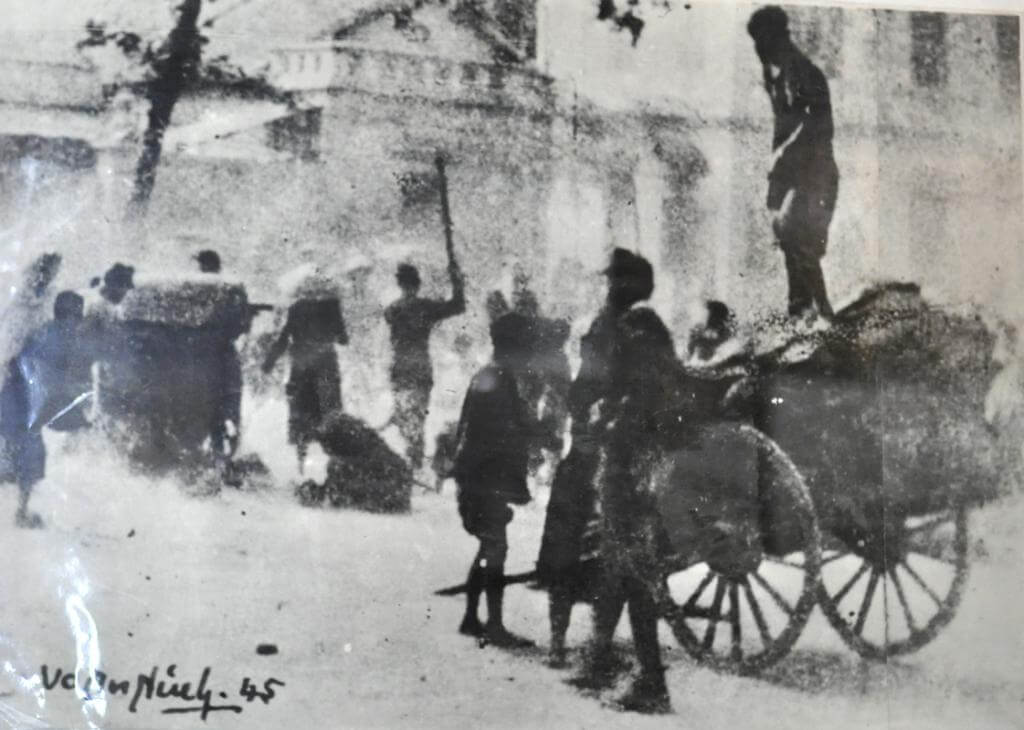
 A Minnesota PBS Initiative
A Minnesota PBS Initiative
When I was a child in Vietnam, my favorite time was spent with my grandmother who was never taught how to read or write due to the historical discrimination against girls in Vietnam. Realizing the precious privilege that was extended to me, I tried my best to fully take advantage of that privilege.
While in mid-teen, she was married off to my grandfather in the neighboring village on the outskirts of Hanoi. Starting with a tiny plot of land, she toiled days and nights growing crops and taught herself arithmetic that was an essential tool in the deals she made from her meager saving. From these difficult beginnings, she saved prodigiously to finance her wise transactions and her her fortune began to turn.

Hanoi, Vietnam.
Eventually, she purchased most of the land in her village and began to expand her real estate holdings into the marque homes in the capital. One of those home was rented to an enterprising business man who turned it into a saloon catered to French officers on the ground floor and a hotel on the upper floors that rented the rooms by the hours. Rent was collected six months in advance and she used those funds to purchase other marque homes in the capital.
Those images haunted my grandmother for the rest of her life since she was never sure if she would escaped the fate of those poor farmers.
Toward the end of second world war, the rice fields in the North was confiscated by the Japanese Imperial troops to grow industrial crops to fuel the war. There wasn't enough rice to support the population in the North and the famine spread. In the South, there was a bumper crop of rice and the trains that transported the crop were bombed out by allied war planes taking off from the Philippines. Very little of that bumper crops reached the North.

Robbery of the rice warehouse 1945.
Meanwhile, uncle Ho's guerrillas organized raids into the French and Japanese rice warehouses to alleviate the famine. Every morning, there were oxen driven carts on the streets of Hanoi collecting dead bodies that were piled high like firewood. Those images haunted my grandmother for the rest of her life since she was never sure if she would escaped the fate of those poor farmers. In the end, nearly two millions people died of starvation in the North.
Story Themes: Famine, Hanoi, Ho Chi Minh, North Vietnam, Refugee, Uncle Ho, Vietnamese, Women